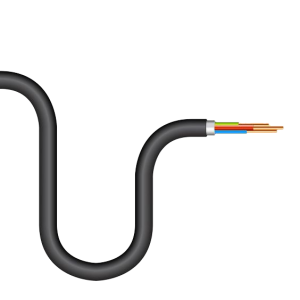For BMS, BUS, Industrial, Instrumentation Cable.

In the past 32 years, AipuWaton’s cables are used to smart building solutions. The new Fu Yang factory started to manufacture at 2023.
Control Cables
Structured Cabling System
Network&Data, Fiber-Optic Cable, Patch Cord, Modules, Faceplate
Apr.16th-18th, 2024 Middle-East-Energy in Dubai
Apr.16th-18th, 2024 Securika in Moscow
May.9th, 2024 NEW PRODUCTS & TECHNOLOGIES LAUNCH EVENT in Shanghai
Post time: Sep-23-2024
